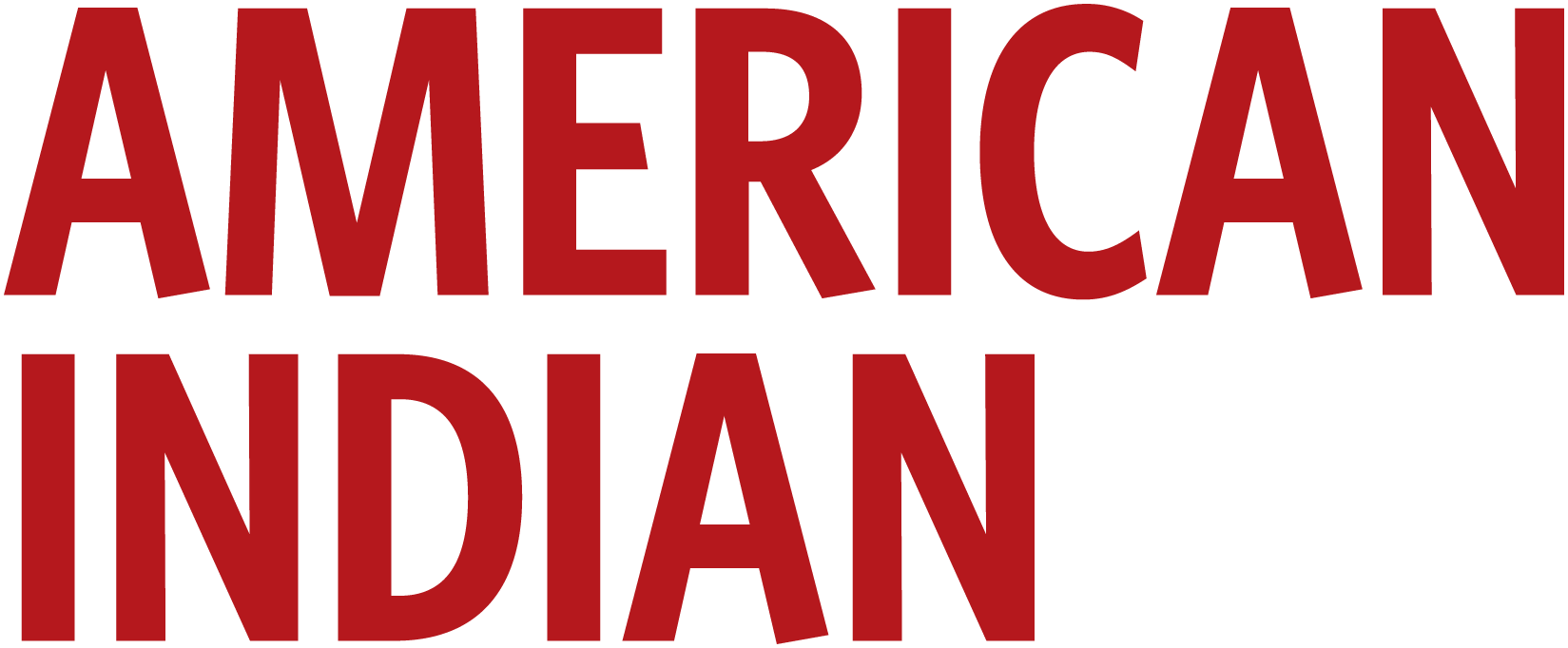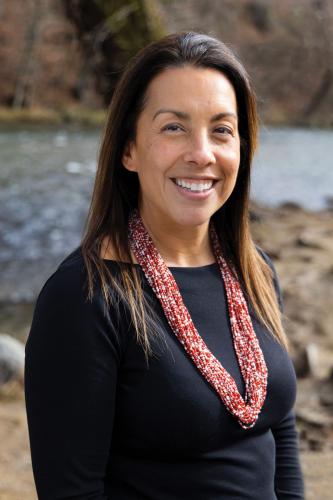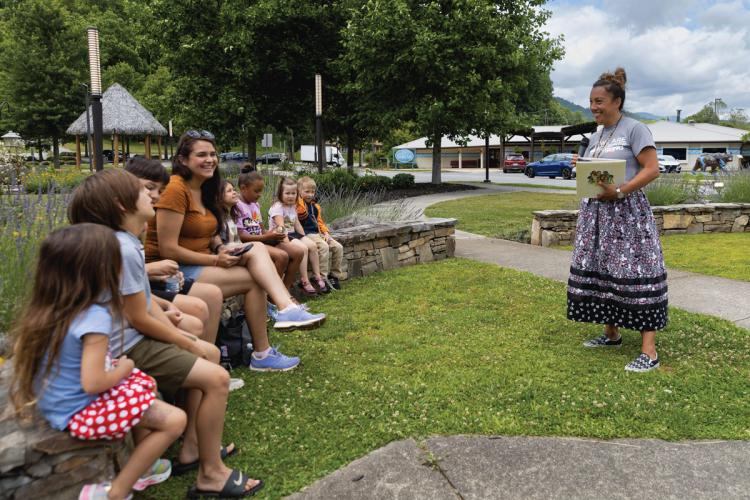In 1997, I was a sophomore at a small liberal arts college in the middle of Illinois when I first heard about a new museum on the National Mall for Native people. That was my lightning moment. I have always loved museums and the idea that I could work somewhere doing what I love, while serving my people, was simply mind blowing. Today, as I serve as the executive director of the Museum of the Cherokee People and collaborate with other Native museum professionals, we can together see the future of tribal museums.
The Eastern Band of Cherokee Indians, my tribe, founded the Museum of the Cherokee People in western North Carolina in 1948. One of the oldest tribal museums in the country, tribal leadership initially created it to address a need. Some sources of income for our people such as logging and manufacturing were drying up, so they looked to a new one: destination tourism. With foresight, they negotiated an entrance of the Great Smoky Mountains National Park to be on the Qualla Boundary, my tribe’s territory. About 3 million people travel through that entrance every year. Historically, our primary audience has been non-Native visitors; we host approximately 84,000 visitors annually.
Our museum remains as relevant today as it was when we were founded. We preserve and perpetuate the history, stories and enduring culture of the Cherokee people. This museum is just one of many Indigenous museums and cultural centers throughout the world doing the same for their people. These community museums have become one of the best platforms to respectfully teach others about not only their peoples’ histories but the issues impacting them today.
In contrast, mainstream museums could do better at representing Indigenous cultures. In my 25 years of thinking about this, I remember an early example that sticks out in my mind. In the 1990s, an exhibition about powwows was installed at the Milwaukee Public Museum. It was beautiful and colorful. Life-sized mannequins modeled after tribal citizens moved in a circle. It was the first time I had seen Native people in museums represented as living, contemporary beings. Unfortunately, it was installed next to an aged diorama of a Native man in a breech cloth sitting next to a fire—a common stereotypical depiction of Indigenous peoples seen in museums since their creation in the United States beginning in the late 18th century.
On the other hand, the Museum of the Cherokee People had just undergone a renovation in 1998, the year I interned there. The result was amazing. It had impactful films, Indigenous voices throughout, mannequins who were modeled after tribal citizens and even holograms. I never imagined that 25 years later I would be called upon to help lead this museum through its next iteration as its executive director.
Last summer we had an opportunity to travel to tribal museums in Oklahoma to learn from our incredible colleagues. We learned so much, and we were struck, specifically, by the Osage Nation Museum, which was founded 10 years before ours. We had the pleasure of touring and talking with museum Director Marla Redcorn-Miller (Osage/Kiowa/Cado) and Curator and scholar Jordan Poorman Cocker (Kiowa). We were inspired by their history and legacy of being of the community and for the community. The exhibition we viewed was “Voices from the Drum,” which was also of the community and for the community. It shows artworks centered around the drum and explains how the artists approached talking about it through their culture and art in relationship to the annual In-Lon-Schka dance.
Inspired, our museum staff used that experience to inform our strategic planning and, specifically, how we can better reflect and serve our community. Our tribe had adopted seven values with which we wanted to align: spirituality, harmony, integrity, stewardship, preservation of culture and serving as a positive role model, all while maintaining a sense of humor. We also wanted to be a repository of the Cherokee peoples’ history, material culture and knowledge. We decided to follow four guiding principles: be accessible to our Cherokee people and non-Native visitors for research and inspiration; be protective of our Cherokee material culture and knowledge; be humble, in that we understand we always have more to learn and that our work builds upon the foundation of those who came seven generations before us and is for those who come seven generations from now; and be adaptable, so that we honor our Cherokee resilience and innovation.
We began by evaluating what we had in our exhibitions. We formed a Collections Division and our new Director of Collections and Exhibitions, Evan Mathis, inventoried every object. Our tribe is fortunate to have a robust Tribal Historic Preservation Office and one of our Eastern Band of Cherokee Indians archeologists, Beau Carroll, unfortunately confirmed our fears. Our museum was inadvertently doing what so many others are doing: we had funerary and ceremonial objects on display. We took more than 100 objects off view. To fill the empty exhibition cases, we invited Cherokee artists to respond. The result is “Disruption,” a powerful intervention of the permanent exhibit by 36 contemporary Cherokee artists.
As a tribal museum, we have the power and responsibility to pivot and respond to our communities. As our museum's Board Chair Samantha Ferguson (Eastern Band of Cherokee Indians) always says, we must be “bilingual”: we need to speak the language of mainstream museums’ best practices while also being able to speak to Cherokee worldview and protocol. As a tribal museum, we have an important role to play in these conversations, within and beyond our community.
Our Native museum colleagues are changing the game and leading the way for what is possible in these unique spaces—places where in many museums these kind of conversations about how to best represent Indigenous peoples and cultures weren’t even happening a decade ago. We are no longer content with just Native representation in museums. We expect Native self-representation.
At tribal museums, we will continue to make our own spaces and define best practices for the care and display of our objects. We do this work as those who came before us did—not for themselves or their own glory—but for those who come after. We envision this future, and it is what drives us.


